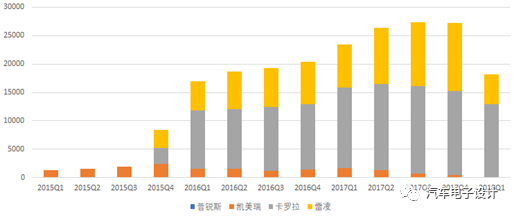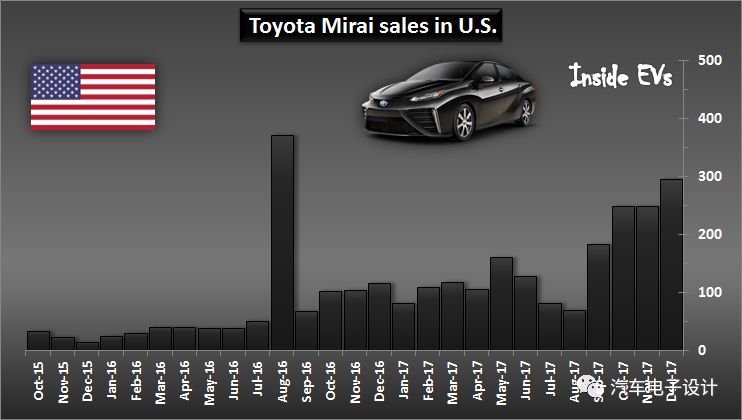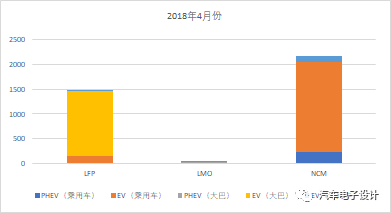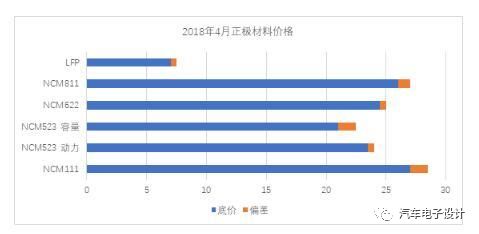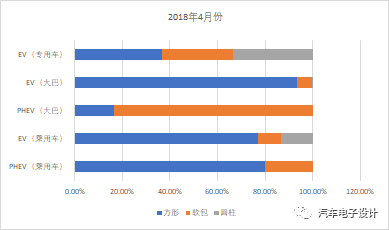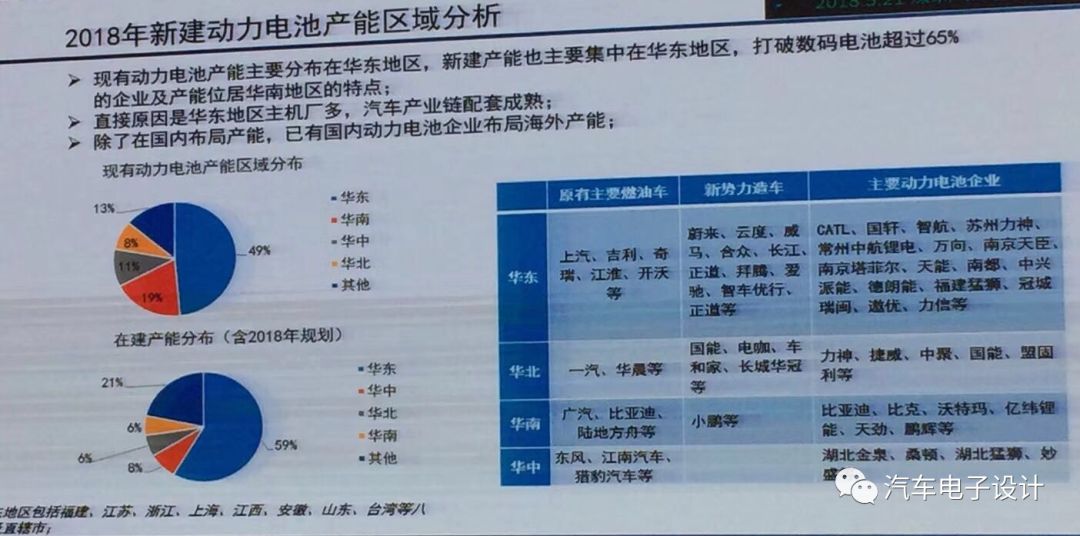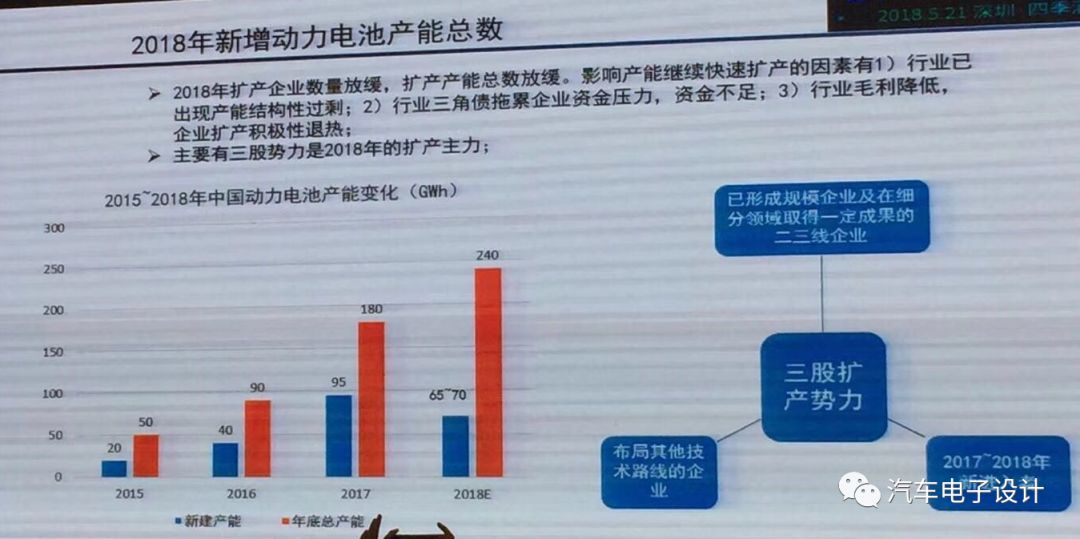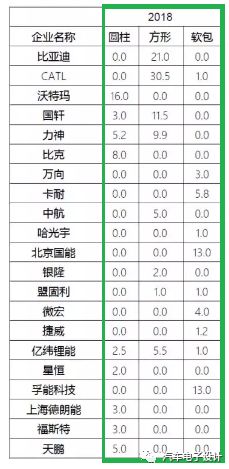Recently pondering some of the core issues, what are the consequences of mistakes in the technology line? Don't say anything else, let's take a look at what is wrong with the technical route at different levels. This error includes both time and different subjects, including the development of technology routes, automotive companies, suppliers, and infrastructure. At the technical level, specific components, subsystems, systems, and vehicle content are also included. Remarks: The most important point is that right and wrong is to adapt to different market environments and the needs of different regulators. The right and wrong in the absolute sense is relatively easy to distinguish; the right and wrong corresponding to different policy development needs require a little bit consider. 1) Vehicle technology level Let's take Toyota as an example. This is a HEV+ fuel cell vehicle route. Is it right to choose to skip the EV? There is currently no complete data on the global hybrid market, but it can be inferred from several major markets, including the United States and China, to evaluate the market for hybrid power. In the European market, due to Toyota's emission strategy, its market share is too high and its proportion has reached a considerable extent. Toyota's Mixed Quarter Sales in China Fuel cell companies wrote in the article a few days ago, "How to look at the development of fuel cell vehicles? †Many readers commented that it only sold several thousand units in the market for several years. After insisting for a long time, it is still determined to develop pure electric vehicle Toyota's pure electric vehicle plan and all-solid-state battery. Reuters TOKYO, Japan Toyota Motor Corp. said on Monday that the company will market more than 10 models of pure electric vehicles globally by the beginning of the 2020s, and that the funds invested in related battery R&D before 2030 may exceed $13 billion. Toyota Motor Corp said that it needs to speed up battery development. Because automobile emission regulations tend to be stricter, the manufacturing capability of powerful batteries must be greatly increased. According to the current form, after enduring many years of tactics, in the short term FCV is also barely able to reach tens of thousands in 2020. For Toyota, it is also necessary to switch back to the runway of pure electric vehicles. 2) Selection of battery materials and shapes Looking at the circle of friends today, some people have issued new production capacity and some statistical data on domestic battery companies. I have appendixes behind and deserve our consideration. In the choice of square batteries or soft packs, cylindrical problems, how to choose the wrong? In the process of choosing a chemical system, how do you choose the wrong technical route? Installed capacity in April 2018 On the chemical system, LFP has been completely suppressed on EV buses. Prices are also falling steadily from February The current installed capacity, the square shell is dominated by absolute advantages Even from the point of view of the demand distribution of the various market segments, the cylinders are squeezed very much. Remarks: Technology has a very strong timeliness. We observe the lead of a company, which has both the ability to compare all aspects, as well as the speed of product launch and the time to stabilize. We are very easy to make an engineering decision, but if it is a long-term decision in the direction of technology, it will bring a lot of technical path differences. Appendix: Material interception for senior engineers By the end of 2018, the total capacity of the industry will reach 240GWH (This data is certainly watery, and it may actually realize the 180Gwh capacity at the end of 2017). The square production capacity reached 93.5GWh, the cylindrical production capacity was 50.5GWh and the soft package production capacity reached 38GWh, accounting for 51%, 28% and 21% respectively. Square capacity is concentrated in CATL, BYD, Guoxuan, Lishen, etc., totaling 71.5GWh The capacity of the soft pack battery Fuge, Guoneng, and Carne reached 13GWh/13GWh/5.8GWh respectively. Summary: The wrong way of technology, the foundation of the poor directly disappeared. A good foundation, you can spend time and resurrection, that is, the road will be difficult to walk a lot. In the 10 years of new energy vehicles, learning and re-examining will look forward again. In fact, the essence of the new energy vehicle will have to go the other way. Hall Open Loop Current Sensor,Hall Effect Current Sensor,Open Loop Current Sensor,Open Loop Hall Current Sensor Zibo Tongyue Electronics Co., Ltd , https://www.tongyueelectron.com Japan North America Europe other total unit 2017 65.86 24.63 39.23 22.35 152.07 Wantai Accumulated sales 546.98 342.66 169.61 87.87 1147.1 
